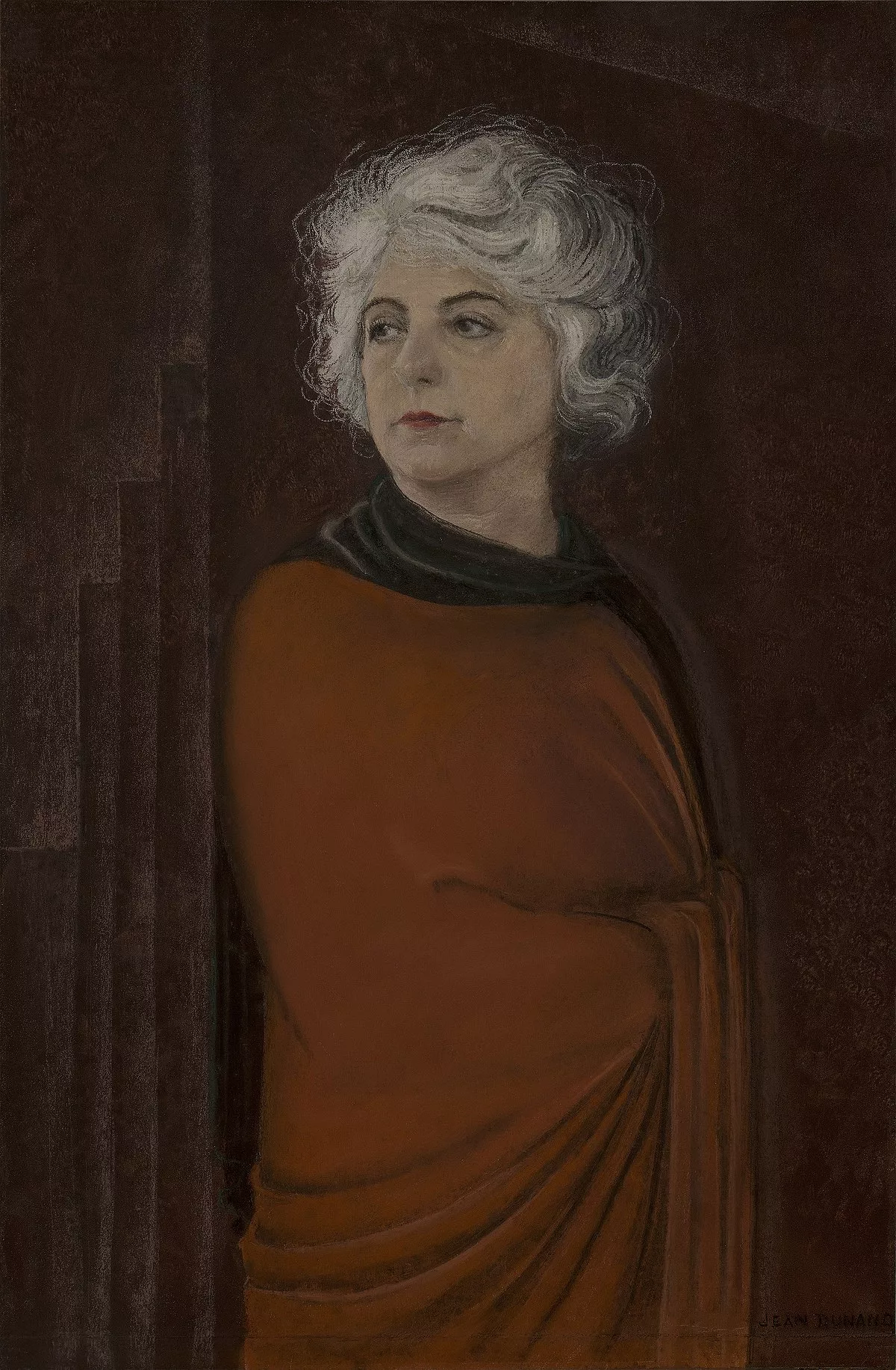 1.
1. Madeleine Vionnet was forced to close her house again in 1939 at the start of the Second World War and she retired in 1940.

 1.
1. Madeleine Vionnet was forced to close her house again in 1939 at the start of the Second World War and she retired in 1940.
Madeleine Vionnet eventually returned to Paris, working for six years in the fashion house Callot Soeurs as a toile maker.
In 1912 she founded her own fashion house, "Madeleine Vionnet", which closed in 1914 owing to the beginning of the First World War.
Re-establishing the house in 1923, Madeleine Vionnet opened new premises on Avenue Montaigne, which became known as the "Temple of Fashion".
Madeleine Vionnet sold designs purchased off the peg and adapted to the wearer.
Madeleine Vionnet's bias cut clothes dominated haute couture in the 1930s, setting trends with her sensual gowns worn by such internationally known actresses as Marlene Dietrich, Katharine Hepburn, Joan Crawford and Greta Garbo.
Madeleine Vionnet instituted what, at the time, were considered revolutionary labor practices: paid holidays and maternity leave, day-care, a dining hall, and a resident doctor and dentist for her workers.
Madeleine Vionnet created some 12,000 garments over the course of her career.
An intensely private individual, Madeleine Vionnet avoided public displays and mundane frivolities.
Madeleine Vionnet was not concerned with being the "designer of the moment", preferring to remain true to her own vision of female beauty.
Alongside Coco Chanel, Madeleine Vionnet is credited with a move away from stiff, formalised clothing to sleeker, softer clothes.
Unlike Chanel, Madeleine Vionnet had little appetite for self-promotion; her retirement in 1940 marginalised her contribution to the wider movement.
Madeleine Vionnet is quoted as saying that "when a woman smiles, her dress must smile with her".
Madeleine Vionnet's style changed relatively little over her career, although it became a little more fitted in the 1930s.
Madeleine Vionnet's work contrasted existing garments that utilized bias cutting for trims and embellishments placed on fabric pieces cut along the straight-of-grain.
Madeleine Vionnet used the cut to promote the potential for expression and motion, integrating comfort and movement as well as form into her designs.
Madeleine Vionnet recreated full garments in chiffon, silk, or Moroccan crepe on life-size models.
Madeleine Vionnet used materials such as crepe de chine, gabardine, and satin to make her clothes; fabrics that were unusual in women's fashion of the 1920s and 30s.
Madeleine Vionnet is considered one of the most influential fashion designers of the 20th century.